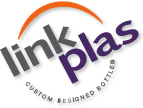5 Essential Strategies for Choosing the Perfect Cosmetic Bottles
In the ever-evolving cosmetic industry, the importance of packaging cannot be overstated. A well-designed package not only enhances product appeal but also serves functional purposes such as protection and preservation. According to a recent report by Grand View Research, the global cosmetic packaging market is expected to reach USD 38.9 billion by 2025, growing at a CAGR of 4.7%. This significant growth underscores the critical role that cosmetic bottles play in attracting consumers and sustaining brand loyalty in a highly competitive landscape.
Choosing the right cosmetic bottles involves more than just aesthetics; it is a strategic decision that can influence brand perception and compliance with regulatory standards. Factors such as material compatibility and environmental sustainability are increasingly becoming focal points for both brands and consumers. In fact, a survey by Mintel revealed that 67% of consumers consider sustainable packaging essential when selecting cosmetic products. As environmental concerns rise, knowing how to choose the perfect cosmetic bottles is not just a matter of preference but a necessity for brands aiming to resonate with the conscious consumer.
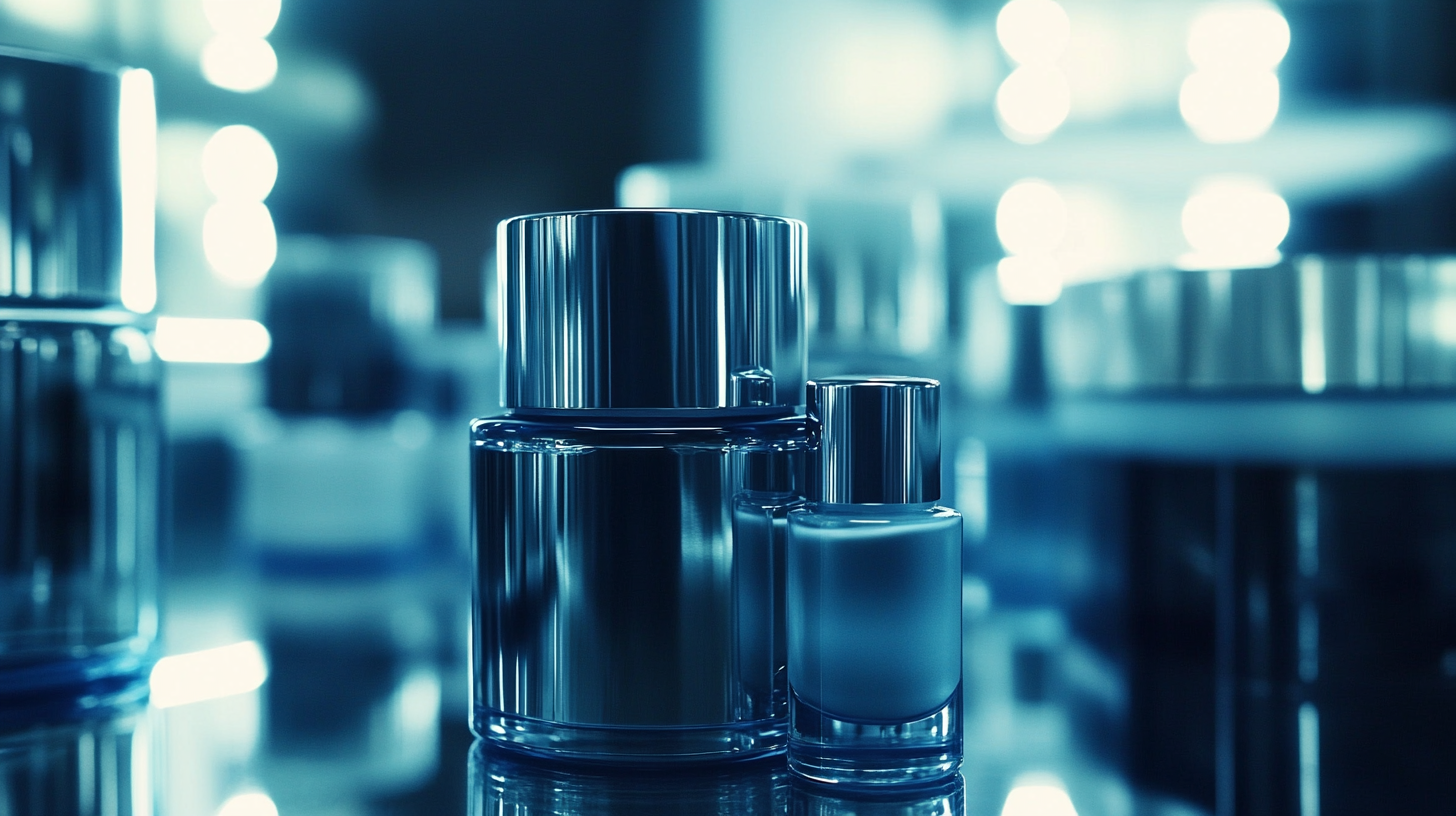
Identifying Your Target Market: Understanding Unique Preferences for Cosmetic Packaging
Identifying your target market is a crucial step in selecting the perfect cosmetic bottles for your brand. Understanding the unique preferences of your audience can drastically influence the packaging design, materials, and even the size of your products. This process begins with thorough market research, which involves gathering and analyzing data on consumer behavior, demographics, and specific aesthetic preferences that resonate with your target group. As you delve into your research, consider focusing on niche markets that prioritize distinct client demands and specialized products. This strategic concentration not only helps in tailoring your packaging solutions to specific consumer needs but also enhances brand loyalty. For instance, eco-conscious consumers may prefer sustainable packaging options, while a younger demographic might be drawn to trendy, visually appealing designs. Additionally, keeping an eye on innovative trends in the cosmetic industry can provide insights into emerging consumer preferences. By integrating these insights into your packaging strategy, you can create a compelling product that not only meets market demands but also sets your brand apart in a competitive landscape. Balancing functional aspects with aesthetic appeal is vital, ensuring that the packaging embodies the essence of your brand while aligning with the values of your target audience.
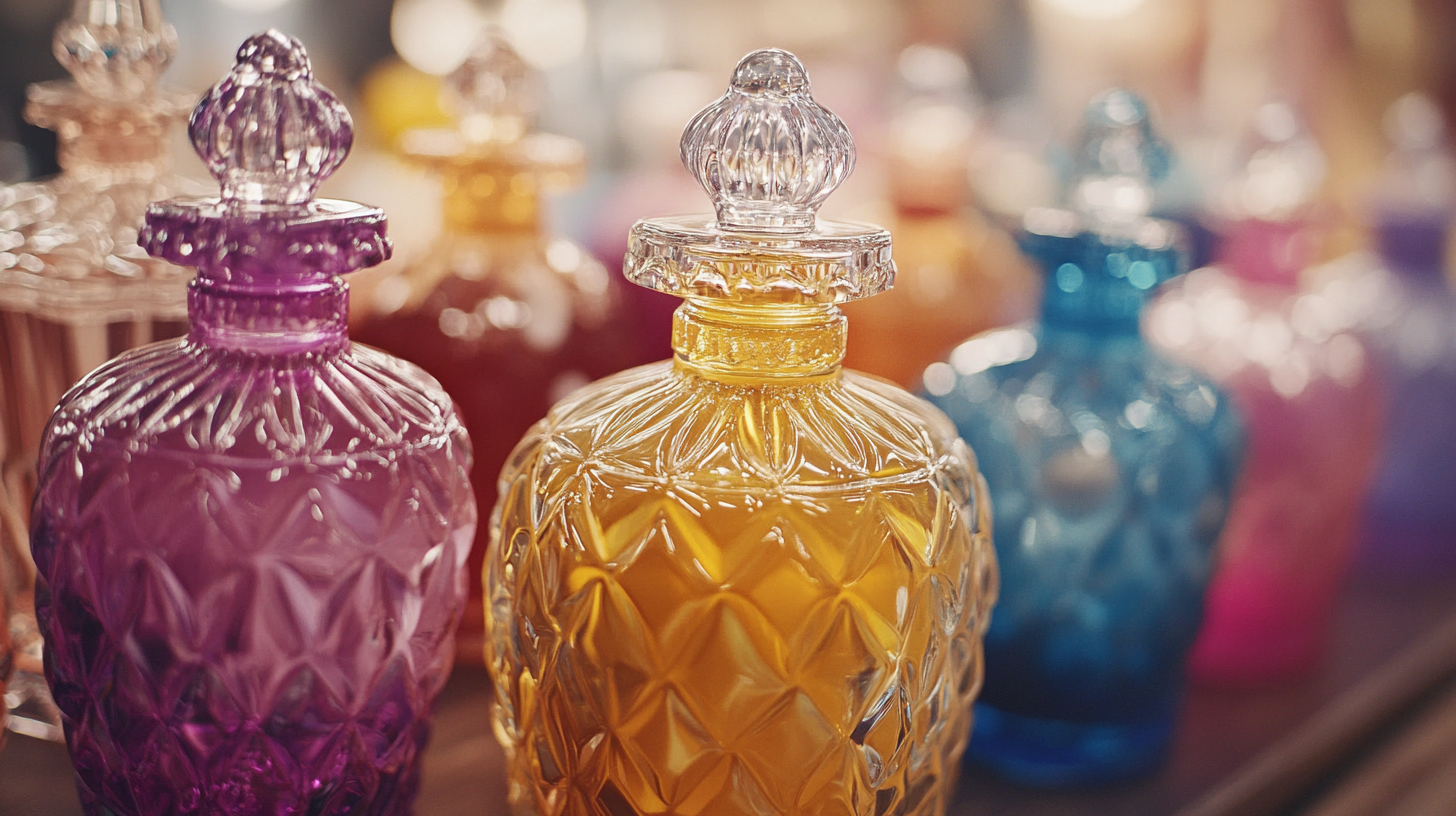
Material Matters: Evaluating Sustainability and Quality in Cosmetic Bottle Production
When it comes to selecting cosmetic bottles, the material plays a critical role not only in the final product’s aesthetic appeal but also in sustainability and quality. With the growing concern over environmental issues, manufacturers are now prioritizing eco-friendly materials for their packaging. Options like glass, PCR (Post-Consumer Recycled) plastics, and biodegradable materials are gaining traction in the beauty industry. These materials not only reduce the ecological footprint but also resonate with consumers who are increasingly seeking brands that support sustainability.
Evaluating the quality of materials is equally essential. High-quality materials ensure that the contents of the bottle remain safe and effective, free from contamination or degradation. For instance, glass bottles can provide an airtight seal and do not interact with the product inside, making them an excellent choice for sensitive formulations. On the other hand, certain modern plastics can offer lightweight durability and a wide range of customization options, appealing to brands that prioritize aesthetics and functionality.
Additionally, it's important to consider how the choice of material aligns with your brand values. By opting for sustainable and high-quality materials, cosmetic brands can enhance their reputation in the market while appealing to a conscientious consumer base. Ultimately, the perfect cosmetic bottle marries aesthetic appeal with responsible production practices, laying the groundwork for a more sustainable future in beauty packaging.
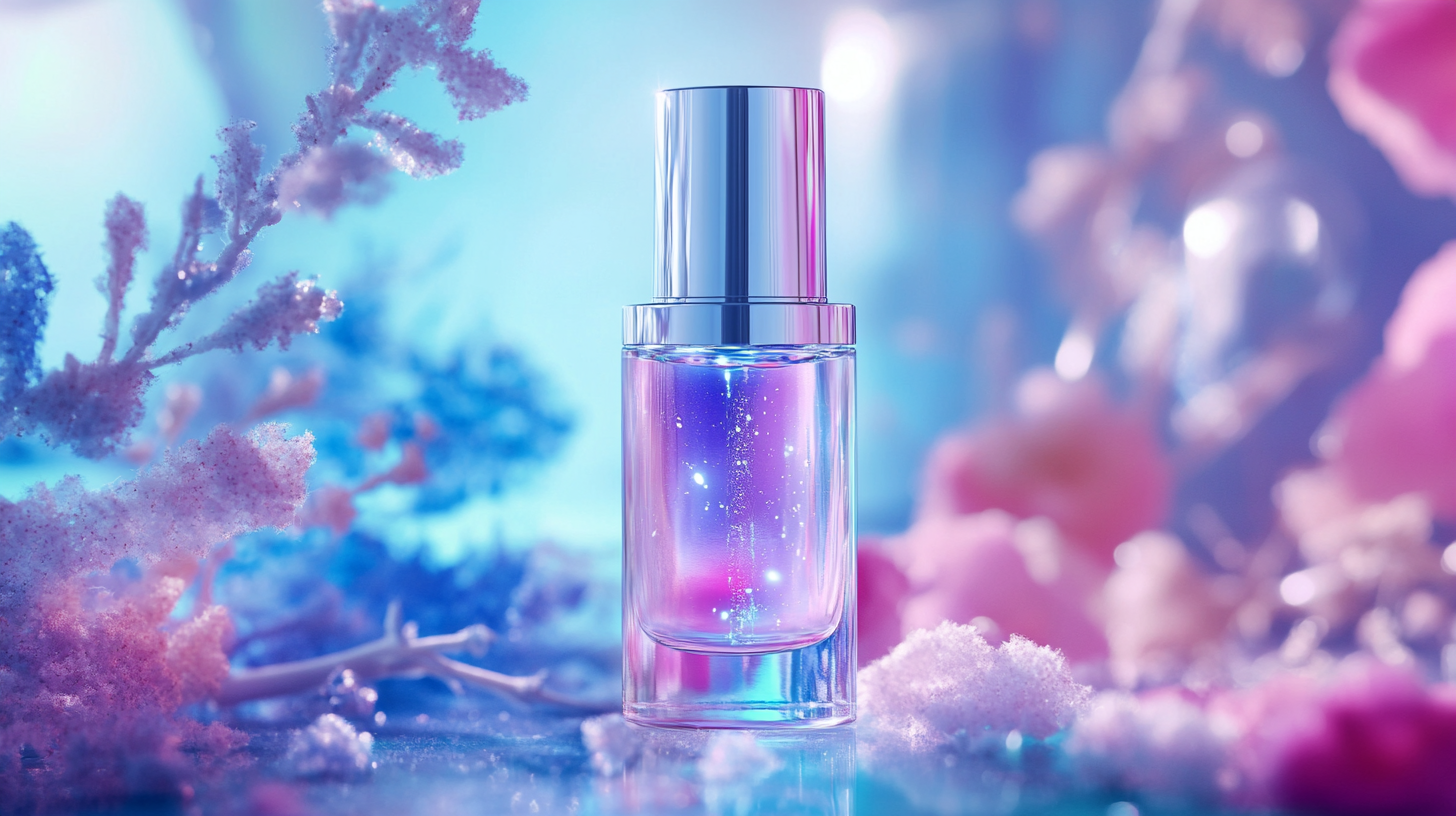
Designing for Functionality: How Shape and Size Influence User Experience and Brand Perception
When it comes to cosmetic packaging, the dimensions and design of bottles play a crucial role in both functionality and brand perception. The right shape and size can enhance user experience, making products easier to dispense and apply, while also capturing the essence of a brand's image. According to recent insights, with the global cosmetic packaging market expected to reach approximately USD 24.4 billion by 2025, brands are increasingly focusing on innovative designs that cater to consumer preferences.
One notable trend is the integration of ergonomic shapes that promote ease of use, similar to the advancements seen in tech, where automotive manufacturers are incorporating larger displays and OLED technology to create smart interiors that marry functionality with aesthetic appeal. This principle applies to cosmetic bottles as well; shifting from traditional cylindrical shapes to modern, functional designs can significantly enhance user interaction.
Furthermore, research indicates that consumers are attracted to products that offer not only practicality but also visual allure. A well-designed bottle can serve as a powerful marketing tool, making the product stand out on shelves. For example, travel-friendly containers which cater specifically to the contemporary consumer's needs—balancing portability with sufficient capacity—reflect the same ethos seen in the latest innovative luggage designs catering to Gen Z women. Such tailored approaches ensure that brands resonate with consumers by meeting their demands for both form and function.
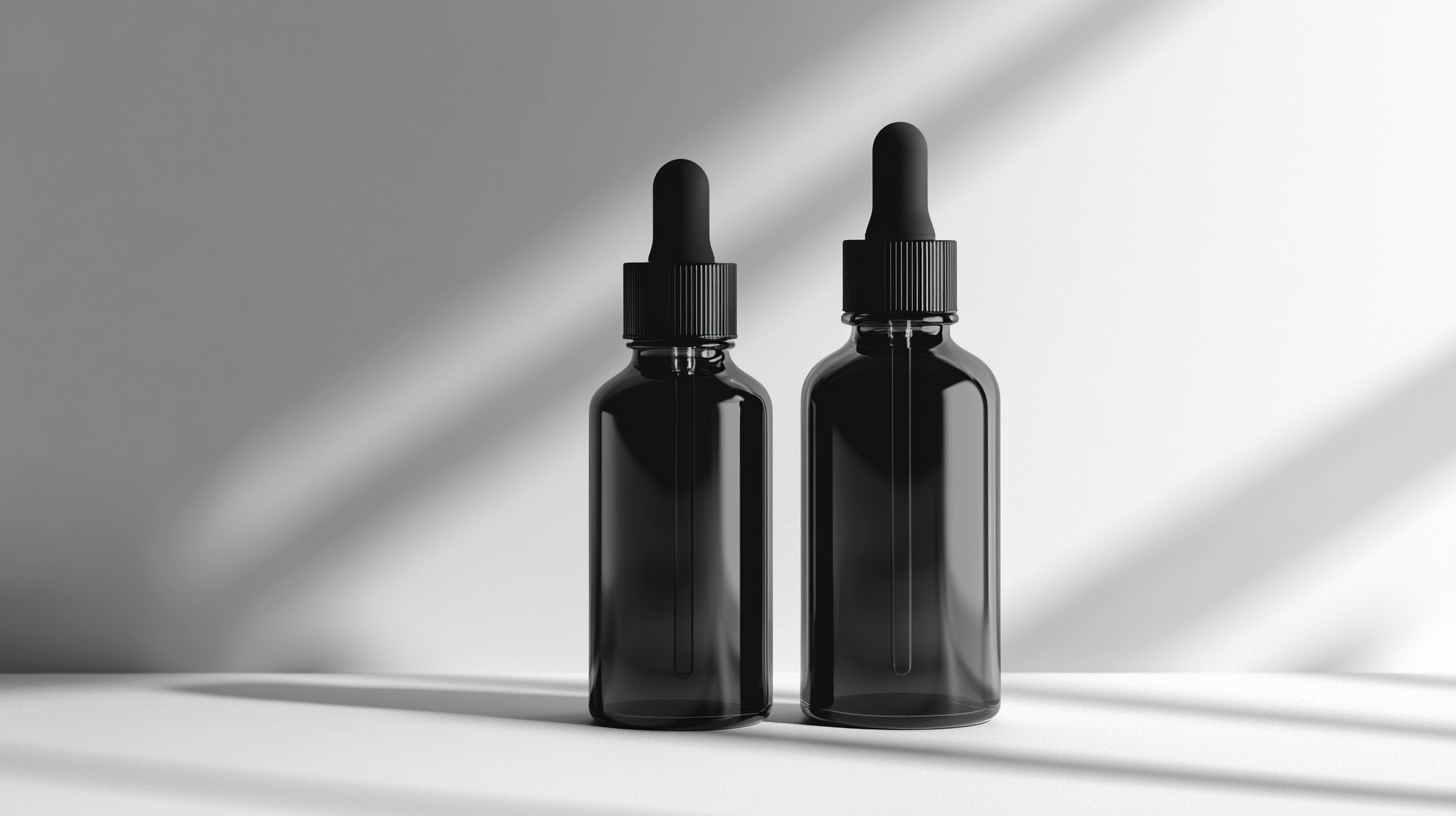
Compliance and Safety: Navigating Regulations for Cosmetic Packaging in the Global Market
In the global cosmetics industry, compliance and safety are paramount concerns for brands looking to thrive in increasingly regulated environments. According to a report from Grand View Research, the global cosmetic packaging market is expected to reach USD 43.5 billion by 2027, with a significant emphasis on regulatory compliance ensuring product safety. Companies need to navigate various international regulations, including the EU Cosmetics Regulation and the FDA guidelines in the U.S., which meticulously detail requirements for ingredient safety, labeling, and responsible packaging practices.
One crucial element brands must address is the sustainability of their packaging choices. As indicated in the 2021 Packaging Sustainability report by Smithers Pira, consumers are demanding eco-friendly options—70% of respondents stated they prefer brands that use recyclable materials. This shift not only complies with emerging regulations on waste management but also aligns with the growing consumer trend towards environmental consciousness. Choosing cosmetic bottles made from sustainable materials like post-consumer recycled plastics can ensure compliance while resonating with target demographics.
Additionally, it’s vital for brands to stay updated on international packaging laws that can affect distribution. In the Asian market, for instance, stringent regulations are in place to regulate animal testing and ensure ingredient transparency. Per a 2022 report by Mordor Intelligence, the increasing demand for cruelty-free products has prompted changes in packaging regulations across several countries, urging cosmetic brands to clearly communicate their commitments on labels. Failing to comply can lead to market entry barriers and reputational damage, making it imperative that brands prioritize compliance and safety in their packaging strategies.
Trends and Innovation: Leveraging Market Research for Cutting-Edge Cosmetic Bottle Designs
When exploring the dynamic world of cosmetic packaging, leveraging market research is pivotal for companies striving to stay ahead. Recent industry reports indicate that the global cosmetic packaging market is projected to reach approximately $37.4 billion by 2028, growing at a CAGR of 4.9% from 2021. This growth is propelled by consumers' increasing demand for innovative, eco-friendly, and aesthetically pleasing products. Brands that utilize comprehensive market analysis can identify emerging trends, consumer preferences, and technological advancements that directly influence packaging design.
One of the most significant trends noted in recent research is the demand for sustainable packaging solutions. A survey conducted by Smithers Pira revealed that 74% of consumers are willing to pay more for sustainable packaging. This shift prompts cosmetic brands to explore biodegradable materials, refillable options, and reduced plastic usage in their bottle designs. As companies prioritize sustainability, integrating these environmental aspects into your cosmetics packaging not only aligns with consumer values but also enhances brand loyalty.
Additionally, advancements in technology, such as smart packaging, are reshaping the cosmetic bottle design landscape. Studies show that 52% of consumers express interest in packaging that incorporates features like QR codes for enhanced product information and user engagement. This integration of technology not only elevates the consumer experience but also provides brands with valuable data on customer interactions, informing future design choices. Leveraging these insights allows cosmetic companies to create bottles that are not only visually appealing but also resonate with the tech-savvy consumer base.
CONTACT US
|
